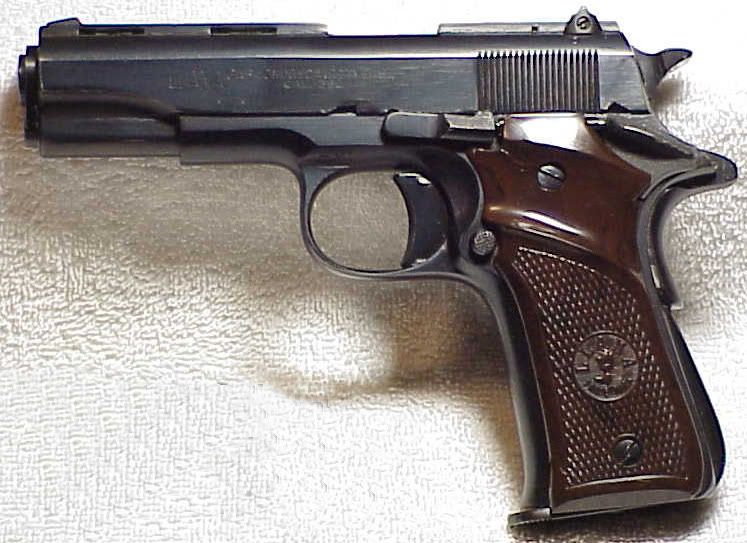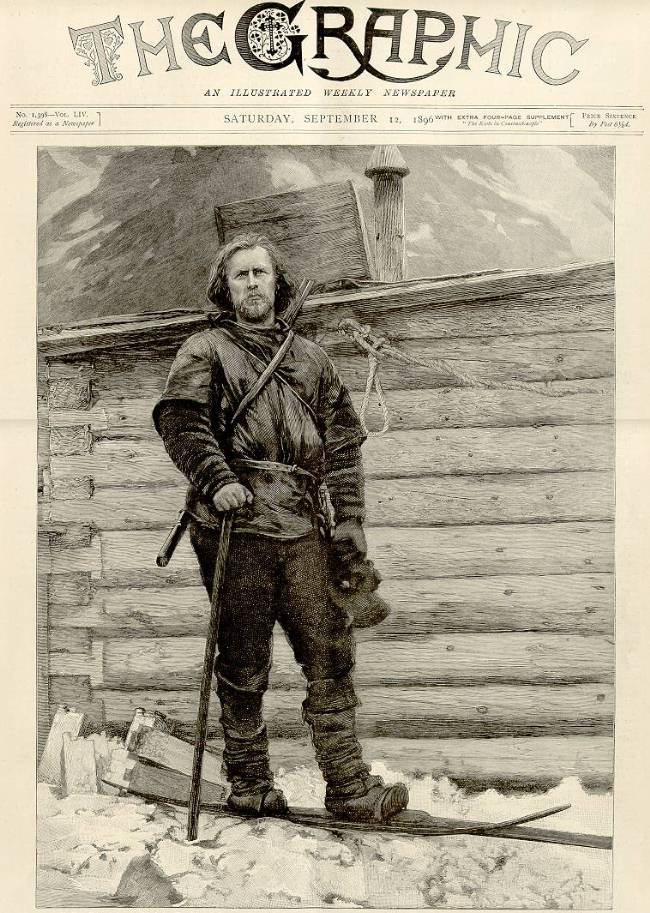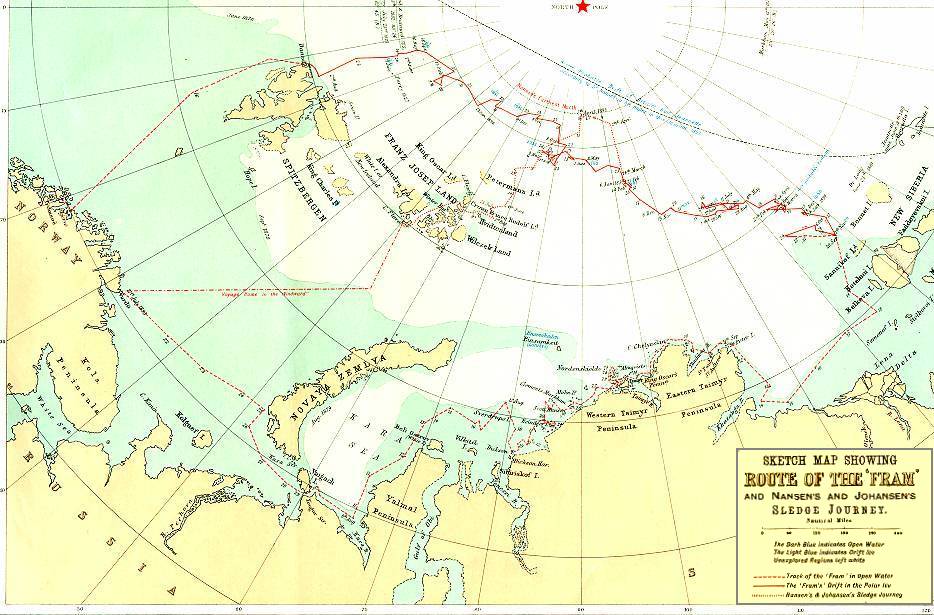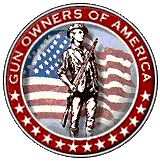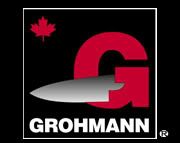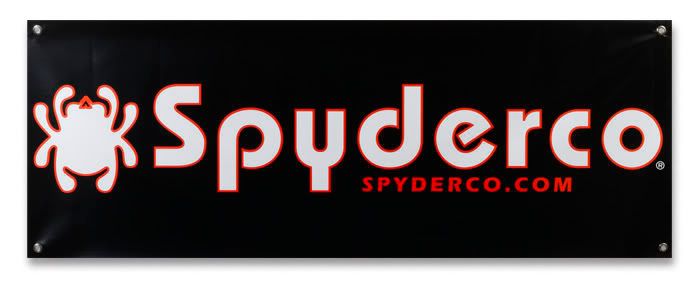Anyone who has bought a handgun might have once thought that the handgun is the thing. I mean, you need the gun to have something go bang. But that is far from the end of the matter. You need ammo of course, but a with handgun, well you NEED a holster. Handguns have to be carried in some manner. When you have a rifle you generally carry it in your hands or in the truck as you go about your activities. You certainly don't carry the rifle into the bank (at least not in my area). That's why one often gets a handgun, for concealed or open carry to have it with you at all times. To do that you need a holster.
Holsters do more than just hold the gun so that your hands are free to do other things. A good holster protects the gun from scratches, bumps and unintentional contact with the trigger or movement of exposed hammers. A good holster has to be comfortable for the wearer as well. It doesn't do for a holster to be more an instrument of inquisitional torture than shooting aide. Shooters have used just about every design and material for holsters. Not all designs or materials were really suitable. Today, leather, Kydex/plastics and nylon lead the field in materials.
I have holsters made of both and one of plastic (not kydex) by Fobus. While the purpose for all is the same, the application is different. Frankly, I prefer leather. Sometimes, unfortunately, a quality leather holster simply isn't available at the time a holster is needed and we get something that will work (after a fashion). Some guns just don't excite us enough to get a quality carrier.
One example of that is the Chinese made
Norinco Tokarev 9mm adaptation (M213) which I carry in an old M7 shoulder holster intended for a revolver. Fits just fine and suits my purpose for this gun.However, the cost was nil as the holster came in trade.
Also, there is, in some circles, a rather pointed debate on retention straps versus no straps. I find them useful in some instances and almost always in a nylon or plastic holster. That is because most plastics and nylon is very slick and won't grab the gun at all. Not so necessary in an inside the waistband (IWB) holster made of leather. There will be, of course, differing opinions and experiences. I don't want to be the last authority on this so don't look to me to tell you which is best. As I said, I use both.
Anyway, I thought I'd go down a list of guns and the holsters I use or have used and my thoughts about those holsters.
I had for a time a .25 ACP Colt Junior and I carried it either in my pocket (mostly unacceptable as it squirreled around everywhere and picked up lint) or in an Uncle Mike's ankle holster. That was neat for one reason. With my baggy pants style the gun was well hidden. I did have to be certain to wear dark socks and wear the sock on that foot up over the bottom of the holster. I didn't want the gun to show when I sat down. It was sometimes impossible to use such as when I wore anything but a low shoe. It does not work even when wearing 6" boots. The gun went back to the guy I bought it from (it had been his dad's) and the holster went with it. I did learn that only a small AND light pistol would be at all comfortable for me in this carry mode. There are few pistols indeed small and light enough for me.
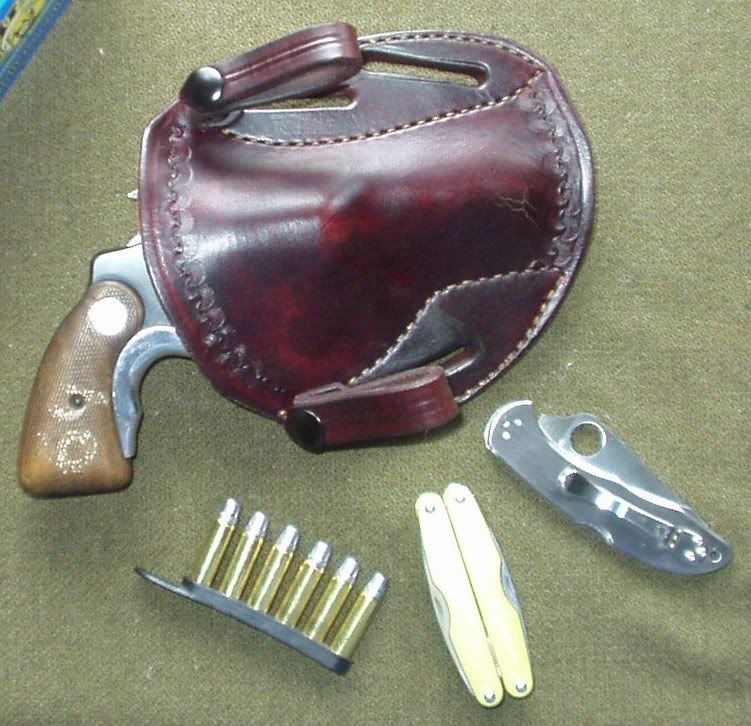
Concealment holsters are very important to me. Many of my handguns are so used. Some holsters can, during certain times of the year, be used both as field holsters and adequately conceal the firearm under a coat or jacket.
Simply Rugged's Sourdough and Silver Dollar Pancakes are one such holster. Rob Leahy has extended the holster design's usefulness with his inside-out straps allowing the holsters to be worn inside the waistband (IWB) comfortably. In one form or another I have a Simply Rugged Pancake for my Ruger Bearcat, Colt Detective Special, S&W M34, USFA SA/Ruger New Vaquero, and S&W M629. All of these could be adapted to use and IWB holsters. The one shown here is for my Detective Special. It is very comfortable to wear.
After much shooting, thought and gnashing of brain cells what do I use? Well, I've seemed to sort out to the
Tom Threepersons (T3P), the pancake, pocket holsters and various forms of inside the waistband (IWB) types.
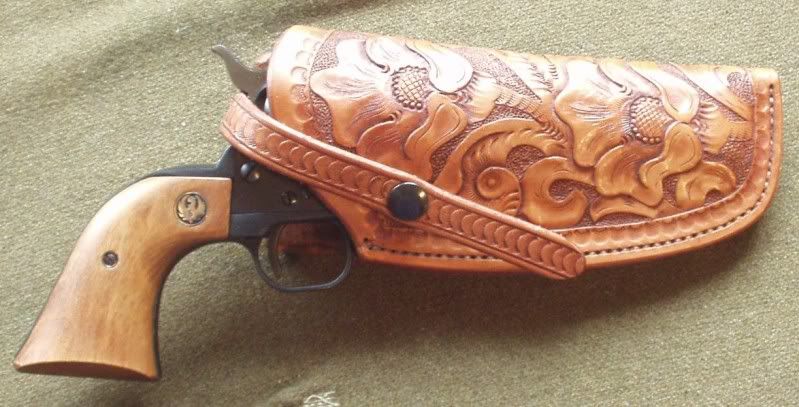
The T3P is a great holster designed by a working Texas lawman,
Tom Threepersons. A minimal holster designed for fast draw, it is a high ride, strong-side carry, with a forward cant (also known as the FBI tilt/cant). The first one was made by
S. D. Meyers. Later the design was slightly altered by
Elmer Keith and produced by
George Lawrence as the 120. Many makers produce a copy of the T3P or 120s today. The one shown is by relative newcomer
Rick Gittlein and carries my Ruger
.41 Mag Old Model Blackhawk. The T3P is suitable and made for just about every handgun produced.
The T3P is very comfortable to wear but as with all holsters a suitable "gun" belt rigid enough to carry the weight of the gun is necessary. Many if not most belts normally worn are not up to the task. Consequently just about every holster maker has a quality belt in their line. If you intend to wear the same belt to hold up your pants, measure those belt loops.



